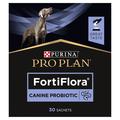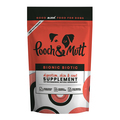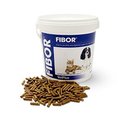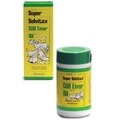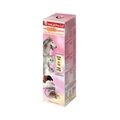When it comes to caring for a sick pet and making the right decisions for a speedy recovery, common sense is usually the only guide you need. Like humans, convalescence usually calls for lots of rest and TLC.
The length of time your pet is in recovery will depend on factors such as the severity of the illness, injury or surgery and, as every pet is different, the overall health, condition, general resilience, and age of the animal.
Your first port of call should always be your vet during a period of recovery, as they will understand the needs of your pet better than anyone. An older pet recovering from major surgery will have very different needs to those of a junior pet that has just been neutered or spayed, for example.
If you’re not sure what to expect, make sure you communicate with your vet before taking your pet home. You might want to ask for a list of specific instructions to follow.
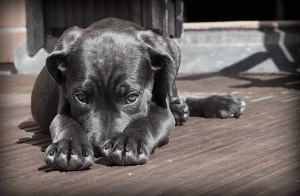 Lethargy: Typically, most pets will be drowsy and lethargic for the first 24 hours following surgery. The wound will need sufficient time to heal, so restrict all exercise for as long as advised by your vet, and encourage your pet to rest and sleep. If the wound is not allowed to heal properly, it is more likely to develop infection.
Lethargy: Typically, most pets will be drowsy and lethargic for the first 24 hours following surgery. The wound will need sufficient time to heal, so restrict all exercise for as long as advised by your vet, and encourage your pet to rest and sleep. If the wound is not allowed to heal properly, it is more likely to develop infection.
Confinement: Pets that are more energetic may need confining post-surgery, or following an injury, in order to recuperate properly. Some vets advise ‘crate-rest’ to keep activity to a minimum, so it is worth investing time in crate-training if you know your pet has up-coming surgery.
As your pet starts to recover and improve, designating ‘dog-safe’ areas in the home – where your pet can move about more freely and find mental stimulation – but where their activity is still partly restricted, will help re-introduce them and get them back into the swing of things.
Prescription: Convalescing animals may also be prescribed sedatives to keep them inactive and calm, especially if they are aggravating an injury. Painkillers will also be prescribed to make things more comfortable.
Cone: Pets should not be allowed to lick, chew or scratch their wound. If you feel your pet may try, it’s best to get a cone. Preventing damage to the surgery site is a top priority. While usually it is best to leave well alone, sometimes your vet will advise you to clean and re-dress the wound.
 Eating/drinking: Supervising your pet’s eating and drinking will probably be advised by your vet, and you may be given instructions to follow a nutritional plan designed to aid recovery. Very often, vets will advise small, frequent meals to help build your pet’s appetite back up, and feeding light, bland and easily digestible foods during the recovery period.
Eating/drinking: Supervising your pet’s eating and drinking will probably be advised by your vet, and you may be given instructions to follow a nutritional plan designed to aid recovery. Very often, vets will advise small, frequent meals to help build your pet’s appetite back up, and feeding light, bland and easily digestible foods during the recovery period.
Follow-up: It is important to keep all check-ups with your vet post-surgery so they can evaluate how your pet’s recovery is going and assess healing. Your pet may also need x-rays and blood tests to confirm everything is going in the right direction and your pet doesn’t need any further remedial treatment.
If you have any advice of your own on helping your pets recover, please share it with our other readers by commenting below or emailing me directly: [email protected].
Written by: Hannah

